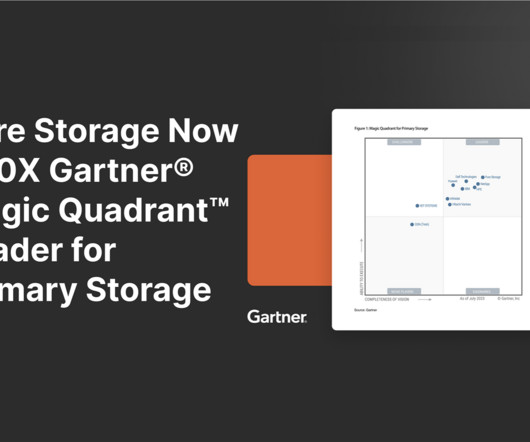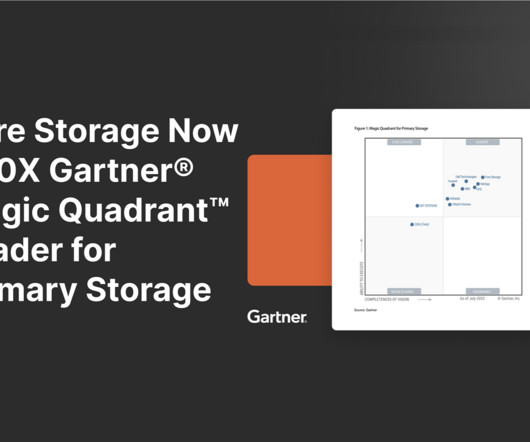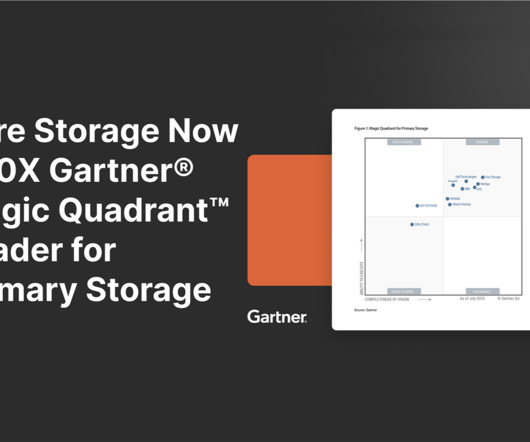Pure Storage Now a 10X Gartner® Magic Quadrant™ Leader for Primary Storage
Pure Storage
SEPTEMBER 20, 2023
Today, that same FlashArray from 2014 has 10 times its original storage capacity in just three rack units. This Year, 10 Is Pure’s Magic Number A decade ago, customers needed giant arrays stretching across multiple racks for the kind of problems they solved with our early FlashArray systems.













Let's personalize your content